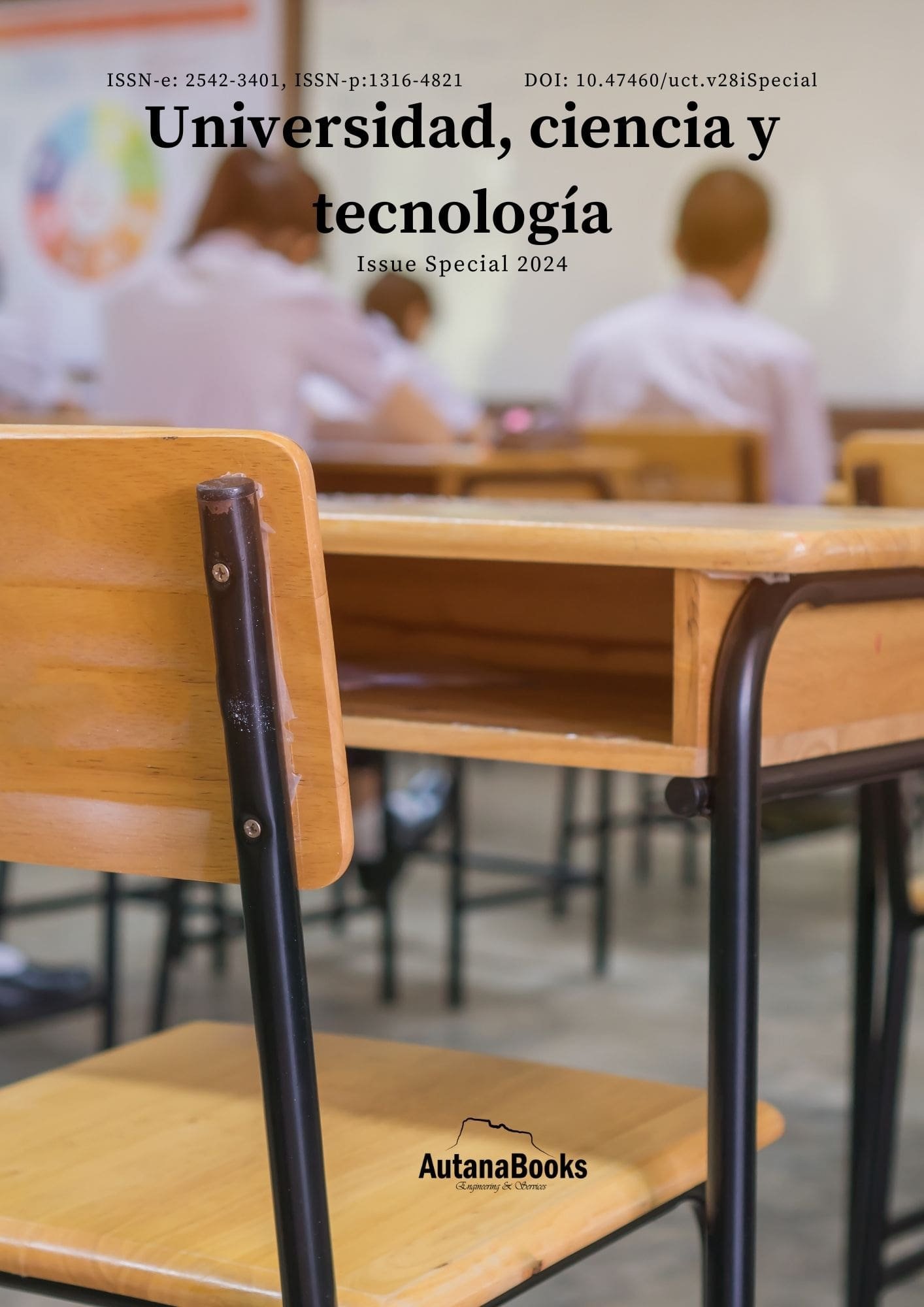Abstract
Knowing history represents a fundamental element in professional training. In this work, the educational strategies used for training in history were analyzed, and a methodological proposal was also made to improve the understanding of history through a method that promotes critical and divergent thinking. For this purpose, a purposeful bibliographical investigation was carried out, which allowed us to know the variables associated with the historical method and its impact over time. But it was also possible to learn that the traditional method of teaching history is not the most suitable for creating cultured people, with high capacities to engage in historical debates and understand events from their internalization and not from rote theory. Finally, the activities and sessions necessary to apply an efficient and effective historical method in the subject of social sciences and history are proposed.
References
[2] D. Apaolaza-Llorente, & B. Echeberria Arquero. Haciendo Historia: fuentes primarias y metodologías activas para trabajar el pensamiento histórico en Secundaria. Rev. Ensayos, 34(1), 29–40. 2019. https://doi.org/10.18239/ensayos.v34i1.2030.
[3] J. Prats. Ciencias Sociales. Enciclopedia General de la Educación. 1998.
[4] J. Ruiz Berrio. El método histórico en la investigación histórica de la educación. Rev Esp Pedagog., 449-463. 2021.
[5] F. Simiand. Método histórico y ciencia social*. Empiria. Rev Metodol Cienc Soc, 163-202. 2003
[6] T. Torres Miranda. En defensa del método histórico-lógico desde la Lógica como ciencia. Rev. Cubana Edu. Superior vol.39 no.2. 2019.
[7] C. Escalante Abanto. El método histórico-crítico y su influencia en la conducta crítica de los estudiantes de la especialidad de historia y geografía del I.S.P. “Arístides Merino Merino” de Cajamarca. Investigación Educativa, 11(19), 89-114. 2007.
[8]M. Prado Coronado. El pensamiento crítico y su relación con el aprendizaje autónomo de los alumnos del 5to. de secundaria de la Red 03 de La Perla – Callao. 2019
[9] Vega, Trujillo. (2020). El Método Histórico Crítico en el estudio de movimientos sociales: La ideología cubana en el panorama social mexicano. Rev. Espacio Abierto, 29(3), 164-183.
[10] A. Ortiz Ocaña. Enfoques y métodos de investigación en las ciencias sociales y humanas. Bogotá: Ediciones de la U - Transversal 42. 2015
[11] R. Ennis. Critical thinking dispositions: their nature and assessability. Informal Logic, 18(2&3), 165-82. 1996
[12] R. Ennis. Critical Thinking Across the Curriculum: A Vision. Rev. Topoi, 37(1), 165-184. 2018. DOI: 10.1007/s11245-016-9401-4.
[13] K. Rodríguez. “Heródoto y febvre: formas de hacer historia”. Rev. Grafía. Vol. 8. Pp. 14-26 2011
[14] P. Burke. “La historia cultural y sus vecinos”, Rev. Alteridades. 17 (33) Pp. 111-117. 2007
[15] P. Hoffer. (2020). History and the Social Sciences. New York University Press, New York, USA
[16] P. Burke. (2005). Historial and social theory. Second Edition. Polity Press Editorial.

This work is licensed under a Creative Commons Attribution 4.0 International License.


